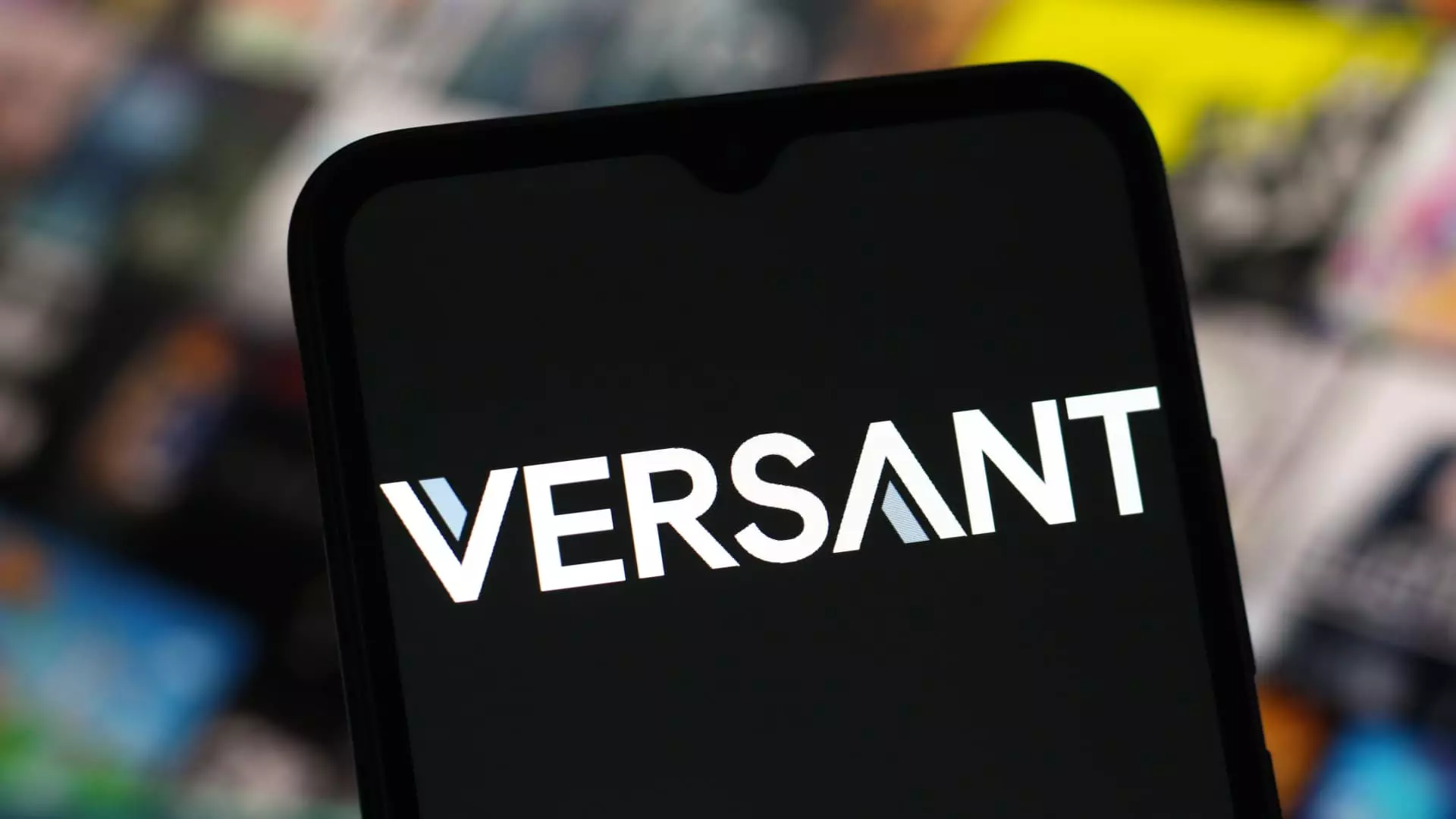In an era where digital streaming increasingly dominates entertainment consumption, the recent announcement of Versant’s imminent public offering underscores a troubling reality for traditional cable networks. Once giants in the industry, these networks are now grappling with dwindling revenue streams, and the numbers tell a stark story: a persistent decline that calls their very future into question. While Comcast’s strategic spin-off may seem like a savvy move to protect its more profitable ventures, it also highlights a wider industry failure to adapt to the seismic shifts in viewer behavior. The move to separate these assets exposes the vulnerabilities of cable as a core business model, emphasizing that the old ways of distributing entertainment are no longer sustainable.
Financial Turmoil Reflects Shifting Consumer Preferences
The financials released in the latest SEC filing reveal a steep descent over the past few years. Versant’s revenue, once nearing $8 billion, now hovers around $7 billion—a decline that isn’t just a blip but an ominous trend. More worrying is the reduction in net income, which fell from $1.8 billion in 2022 to $1.4 billion last year. These numbers aren’t random; they underscore an industry in decline, reacting to the shrinking influence of cable subscriptions and traditional advertising. The irony is palpable—what was once a lucrative behemoth now faces an existential challenge. The migration of consumers to streaming platforms like Netflix, Hulu, and Disney+ has decimated the advertising dollars that once flowed effortlessly into cable networks, punishing revenues and profitability.
Strategic Fragmentation: A Necessary but Insufficient Response
Comcast’s decision to isolate its cable properties—such as CNBC, MSNBC, and USA Network—into Versant is a recognition that the old model is no longer tenable. By creating a separate entity, Comcast can contain the decline associated with cable while focusing on growth areas like internet and streaming. Yet, this move also raises questions about whether the core issue is being addressed or merely masked. Is spinning off these assets enough to stem the hemorrhaging of viewers and ad revenue? Probably not. The real challenge lies in how Versant can reinvent these legacy brands and find a foothold in an environment where consumers prefer on-demand, personalized content over scheduled broadcasts. The future might well belong to companies that dominate digital innovation, not those still clinging to traditional cable models.
The Reality Check: Can Cable Survive in Its Current Form?
The statistic that approximately 65 million households still receive cable service highlights a stubborn loyalty to traditional cable bundles. However, this figure is deceptive; many are “locked in” by bundles they no longer want or need. The mass exodus away from cable suggests that the remaining subscriber base is shrinking, and revenue from these dwindling customers cannot sustain a business model that was built on scale and advertising. Versant’s formation is an acknowledgment that these networks need radical transformation, not mere restructuring. Without a significant overhaul, the cable industry risks fading into obsolescence, replaced by nimble digital-first competitors who understand consumers’ desires for flexibility, diversity, and on-demand access. The challenge now is whether Versant, and those like it, will embrace change or cling to a dying business model for too long, ultimately sealing their fate.

